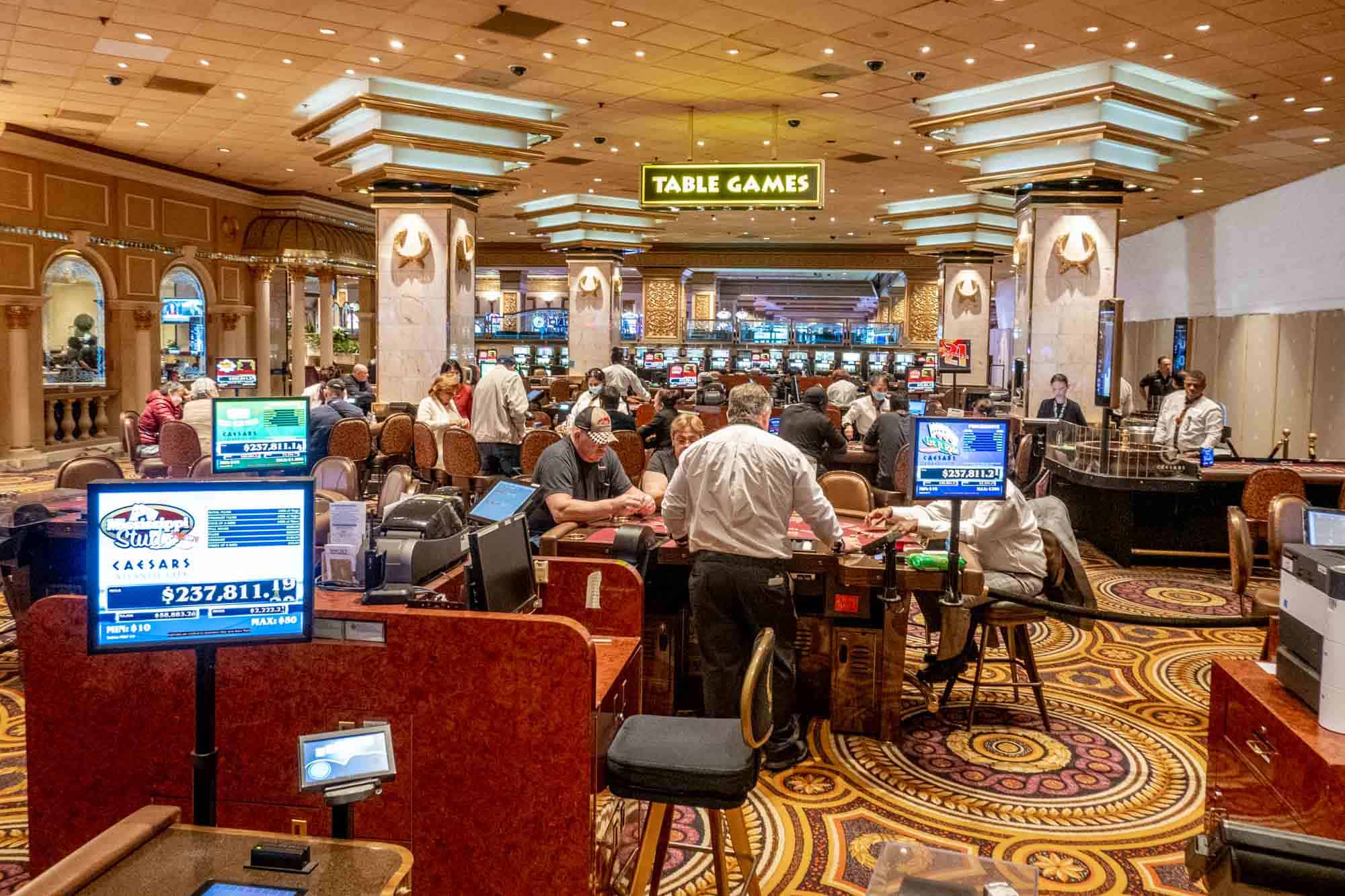
Within a vibrant and thrilling world of gaming establishments, where luck and strategy intertwine, hues and aesthetic play a key role in attracting gamblers. From the moment visitors step inside a casino or log into a gaming website, they are immersed in a visual feast that grabs their attention and entices them to explore more. Vivid colors, captivating graphics, and innovative layouts are meticulously crafted to create an environment of thrill and expectation, ultimately improving the gaming experience.
As gamblers move through the ever-changing landscape of casino games, they come across a variety of designs that not only serve visual purposes but also affect emotions and choices. Colors like scarlet and yellow symbolize riches and luck, while soothing blues and greens can create a much tranquil environment. Grasping how these elements work together enables casinos to create an inviting and energizing atmosphere that encourages players to engage with the games, spend more time at the tables, and increase their overall enjoyment.
The Psychology of Hue in Gambling Games
Color plays a key role in the development of gambling games, influencing players’ feelings and actions. Bright and striking hues, such as red and yellow, are often used to incite enthusiasm and attract notice. These shades create a feeling immediacy and dynamism, encouraging players to involve themselves more eagerly with the experience. non GamStop casinos By strategically selecting tints, designers aim to elicit feelings of pleasure and expectation, which can enhance the overall player experience.
Distinct hues also have psychological associations that can impact how gamblers perceive their possibilities of success. For case, green is often associated with luck and prosperity, making it a well-liked choice in games like the roulette wheel and poker setups. This link can result players to feel more positive and assured in their gaming, ultimately motivating them to stake more. Grasping these associations allows game designers to create environments that enhance player satisfaction and loyalty.
In addition, the design of gaming interfaces often employs blended colors and opposing colors to guide player actions. For case, winning outcomes may be emphasized with vivid, differing colors, creating a visual cue. This method strengthens positive outcomes and supports repeated gameplay. By leveraging color psychology, casinos can design games that not only draw gamblers but also maintain them interested and dedicated in their play experience.
Creative Elements that Attract Gamers
The aesthetic appeal of casino games is primarily influenced by the implementation of bold colors. Bright and striking colors are strategically chosen to create an inviting atmosphere that captures interest. For example, reds and golden hues often signify good fortune and prosperity, which is why they are prevalent in the palettes of gaming machines and table surfaces. These colors not only draw players in, but they also stir emotions related to thrill and expectation, enhancing the overall gaming experience.
In parallel to color, the design and layout of gambling games play a significant role in player attraction. Games are designed to be user-friendly, ensuring that players can easily understand the rules and gameplay. User-friendly interfaces, along with engaging graphics and motion, help maintain player interest and promote longer play sessions. The physical elements, such as the texture of the controls and the audio of the games, also add to a holistic sensory experience that keeps players immersed.
In conclusion, thematic elements in gaming design can significantly influence player choice. Many casino games are inspired by popular culture, fairy tales, or exploration motifs, incorporating symbols and characters that resonate with players. These themes create a sense of engagement and relatability, making each game feel distinct. When players feel a connection to the theme, they are more likely to opt for that game over others, leading to higher participation and enthusiasm within the casino environment.
Case Studies: Effective Gambling Game Designs
One key example of impressive casino game design is the popular slot machine series based around hit movies. Games such as those based on the Wizard of Oz and Game of Thrones utilize vibrant colors and superior graphics to immerse players in recognizable narratives. The employment of lively visuals and entertaining sound effects captures the attention of players, creating an emotional connection to the theme. This approach not just fosters longer play but also improves the overall gaming experience, resulting in increased player retention.
Another effective case is the use of color psychology in table games like 21 and roulette. Casinos often develop these games with dark reds and greens, colors traditionally connected with luck and wealth. For instance, the emerald felt on a 21 table provides a relaxing effect, while the red accents in the wheel invite excitement. This thoughtful use of color helps to establish an inviting atmosphere that motivates players to join in, satisfying their psychological impulses and increasing their enjoyment.
Finally, online casino games that include community features and vivid, colorful designs have achieved remarkable success in engaging players. Games like Zynga’s Poker and Slot-O-Mania leverage striking colors and playful animations to create an inviting online environment. The integration of leaderboards, community sharing options, and in-game rewards promotes competition and community, drawing players in for longer sessions. Such designs not only make the games visually attractive but also underscore community engagement, a key factor in player retention and engagement within digital casino environments.
